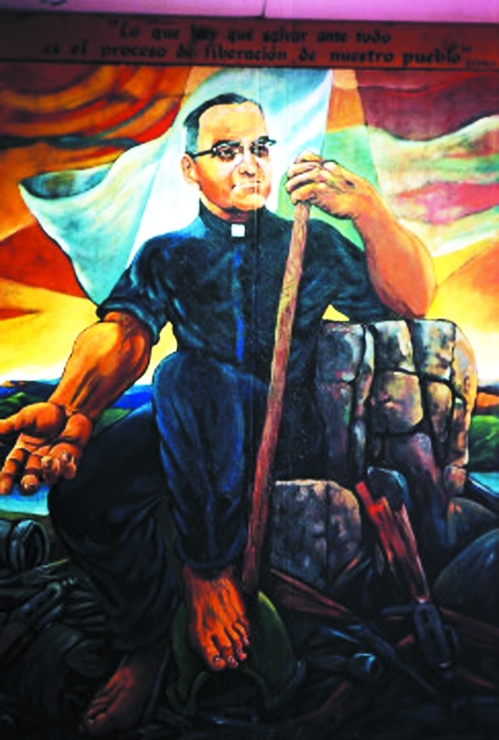SAHMAT
Safdar Hashmi Memorial Trust
29, Ferozshah Road, New Delhi-1
Tel: 011-23381276, 23070787
Email. sahmat8@yahoo.com
Safdar Hashmi Memorial Trust
29, Ferozshah Road, New Delhi-1
Tel: 011-23381276, 23070787
Email. sahmat8@yahoo.com
26.3.2014
Press Statement
In Support of Teesta
Setalvad and others
Revenge is the only motive of
the vindictive Modi government
We are shocked and outraged by the
continuing attempt of the highly vindictive Modi government and the Gujarat
police to somehow implicate activists Teesta Setalvad and Javed Anand, along
with three victim-survivors of the state-sponsored Gujarat carnage in 2002 on
patently trumped-up charges.
This is nothing but a desperate bid
to delay or derail the justice process, in particular Zakia Jafri’s appeal
which is now before the Gujarat High Court. Mrs. Jafri has accused Gujarat
chief minister and home minister, Narendra Modi along with 59 other top
politicians, police officers and civil servants of conspiracy for mass murder
and other serious criminal offences.
It is significant that the Supreme
Court appointed amicus curiae in the case, Mr. Raju Ramachandran, has told the
apex court there was enough prima facie evidence to prosecute Modi.
Teesta Setalvad and Javed Anand are
being especially targeted as they are among the founder members of Citizens for
Justice and Peace (CJP) and have been at the forefront of the struggle for
justice for the victims-survivors of the Gujarat pogrom.
Equally condemnable is the hounding
in the same alleged “cheating” case, of three office bearers of Gulberg Housing
Society, Ahmedabad, each of whom lost several family members when police
watched as frenzied mobs attacked their colony on February 27, 2002. Among them
is Tanvir Jafri whose father and former Congress MP, Ehsan Jafri was mercilessly
butchered along with 68 others.
CJP is today nationally and
internationally recognised and respected for the sustained efforts of its team
of lawyers resulting in 117 of the perpetrators being given life sentences by
the trial courts. Among them is former BJP MLA and minister in Modi cabinet
Maya Kodnani and Gujarat’s Bajrang Dal leader, Babu Bajrangi for their role in
the Naroda Patiya massacre.
Teesta Setalvad and Javed Anand
have already filed affidavits in the courts, rebutting each and every charge in
detail. What’s more, they have accused the Gujarat police of spreading
falsehood through affidavits filed in court.
The latest malicious move of the
Modi government and the Gujarat police is a clear indicator that revenge is the
shape of things to come.
As citizens committed to the Rule
of Law, we denounce the vengeful action of the Modi government and the Gujarat
police, and demand immediate withdrawal of the motivated and baseless FIR
against Teesta Setalvad, Javed Anand, Tanvir Jafri and the office-bearers of
the Gulberg Society.
Romila
Thapar Rooprekha Verma Sashi
Kumar
C.P.
Chandrasekhar Prabhat
Patnaik Anil Bhatti
Archana
Prasad Vivan
Sundaram Ram Rahman
Madangopal Singh M.K. Raina Ajeet Caur
Irfan
Habib Githa
Hariharan Gitanjali
Shree
Indira
Chandrasekhar Jasodhra
Bagchi Jagmati Sangwan
K.M.
Shrimali Sudhir
Chandra Shireen
Moosvi
Sohail
Hashmi Amiya
Kumar Bagchi Aditya Nigam
Ajith Pillai Ali N. Rizavi Amar Farooqui
Amit Sen Gupta Anil Chandra Anuradha Chenoy
Arjun
Dev Arpana
Caur Asad Zaidi
B.P.
Sahu Badri
Raina Biswamoy
Pati
D.N.
Jha E.
Somanathan Faizan Haider Naqvi
Geeta Kapur Ghayur Alam Indira Arjun Dev
Iqtidar
Alam Khan Ishrat Alam Jauhar Kanungo
Jayati
Ghosh Kamal Mitra Chenoy Kesavan
Veluthat
Keval
Arora Kumar
Shahani Lata Singh
Lima
kanungo Madhu Prasad
Zoya Hasan
Madhusree Dutta Malini Bhattacharya Mihir Bhattacharya
MMP
Singh Mohan
Rao Moloyashree Hashmi
N.K.
Sharma Najaf
Haider Nalini
Taneja
Nandakumar Navjot Altaf Nikhil Kumar
Nilanjan
Mukhopadhyay Nilima Sheikh Mrinalini
Mukherjee
Parthiv Shah Nivedita Menon Utsa Patnaik
Parthiv Shah Nivedita Menon Utsa Patnaik
Prabhat
Shukla Pradeep Saxena Praful Bidwai
R.C.
Thakran Rahul
Verma Rajendra
Prasad
Rakhshanda
Jalil Zafar Agha Ramesh
Rawat
Rebecca Kurian Rekha Awasthi S. Kalidas
S.Z.H.
Jafri Saba
Hasan Sashi Kumar
Shakti
Kak Shamim
Akhtar Shamshad
Shikha
Ghosh Wasi
Haider Shohini Ghosh
Sukumar
Muralidharan V. Ramakrishna



